How to Select the Best Pulse Oximeter for Your Health Needs in Australia
In recent years, the use of pulse oximeters has surged in Australia, particularly as awareness of respiratory health has grown amidst global health challenges. A report by the Australian Institute of Health and Welfare indicates that over 40% of Australians are now actively monitoring their health conditions at home, including oxygen saturation levels, making it essential to choose the right pulse oximeter. With a variety of models available on the market—ranging from basic clip-on devices to advanced fingertip monitors—understanding how to select the best pulse oximeter is crucial for ensuring accurate readings and effective health management. This guide aims to equip Australian consumers with the knowledge needed to make informed decisions, ensuring they choose a pulse oximeter that aligns with their specific health needs and lifestyle requirements.
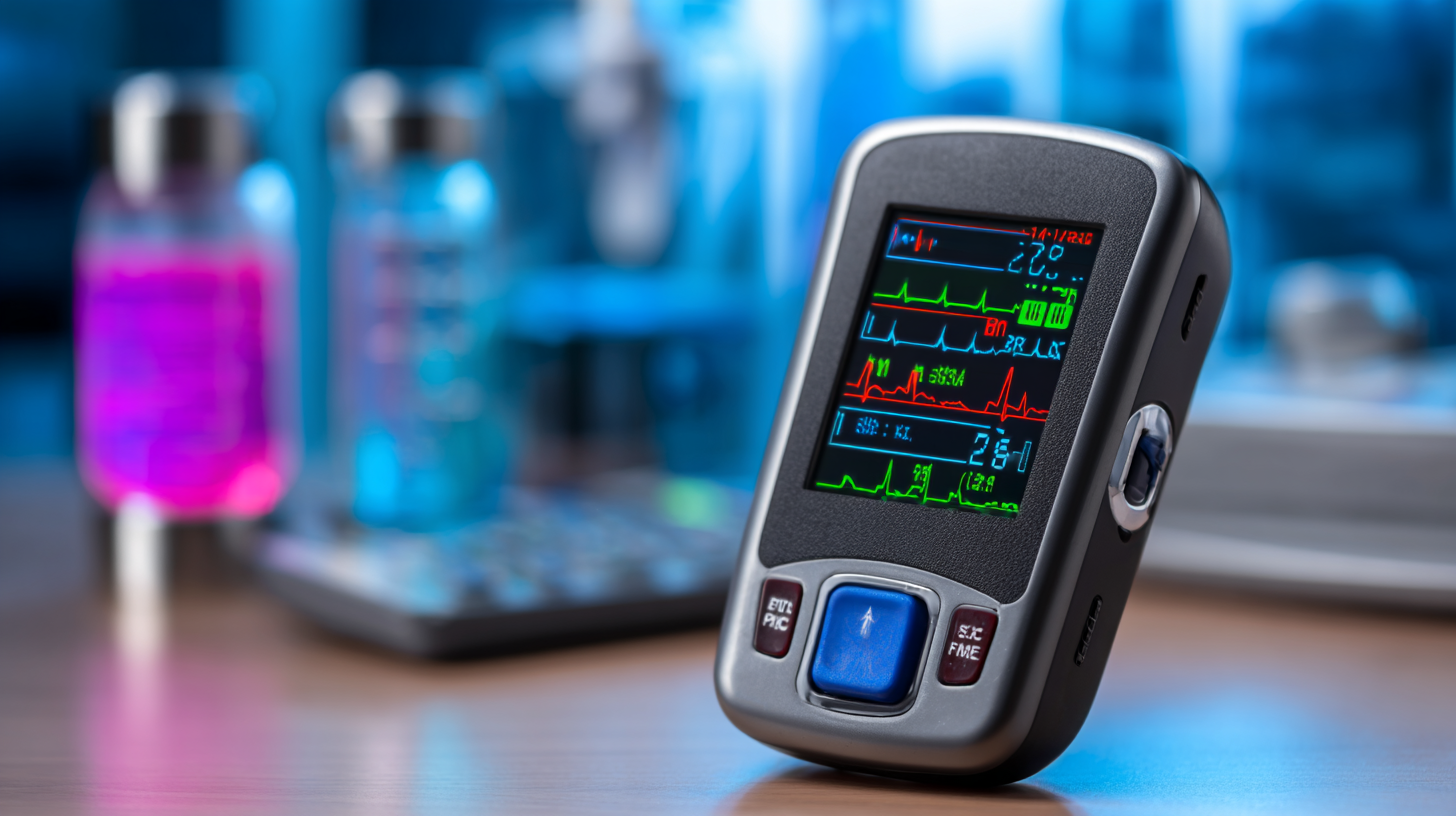
Understand the Different Types of Pulse Oximeters Available in Australia
When selecting the best pulse oximeter for your health needs, it is essential to understand the different types available in Australia. Pulse oximeters generally fall into three main categories: fingertip, handheld, and wearable devices. Fingertip pulse oximeters are the most common and user-friendly options, ideal for home use. They provide quick and accurate readings of blood oxygen saturation and are portable, making them suitable for everyday monitoring.
Handheld pulse oximeters offer advanced features and are typically used in clinical settings. These devices come with larger screens and often include additional functions, such as the ability to store multiple readings for trend analysis. While they may be more expensive, they provide comprehensive data for those who require detailed monitoring. Wearable pulse oximeters, such as smartwatches or fitness trackers, have become increasingly popular due to their convenience and continuous monitoring capabilities. They are great for users looking to track their health metrics in real-time during activities like exercise. Understanding these options will help you make an informed decision based on your specific health requirements.
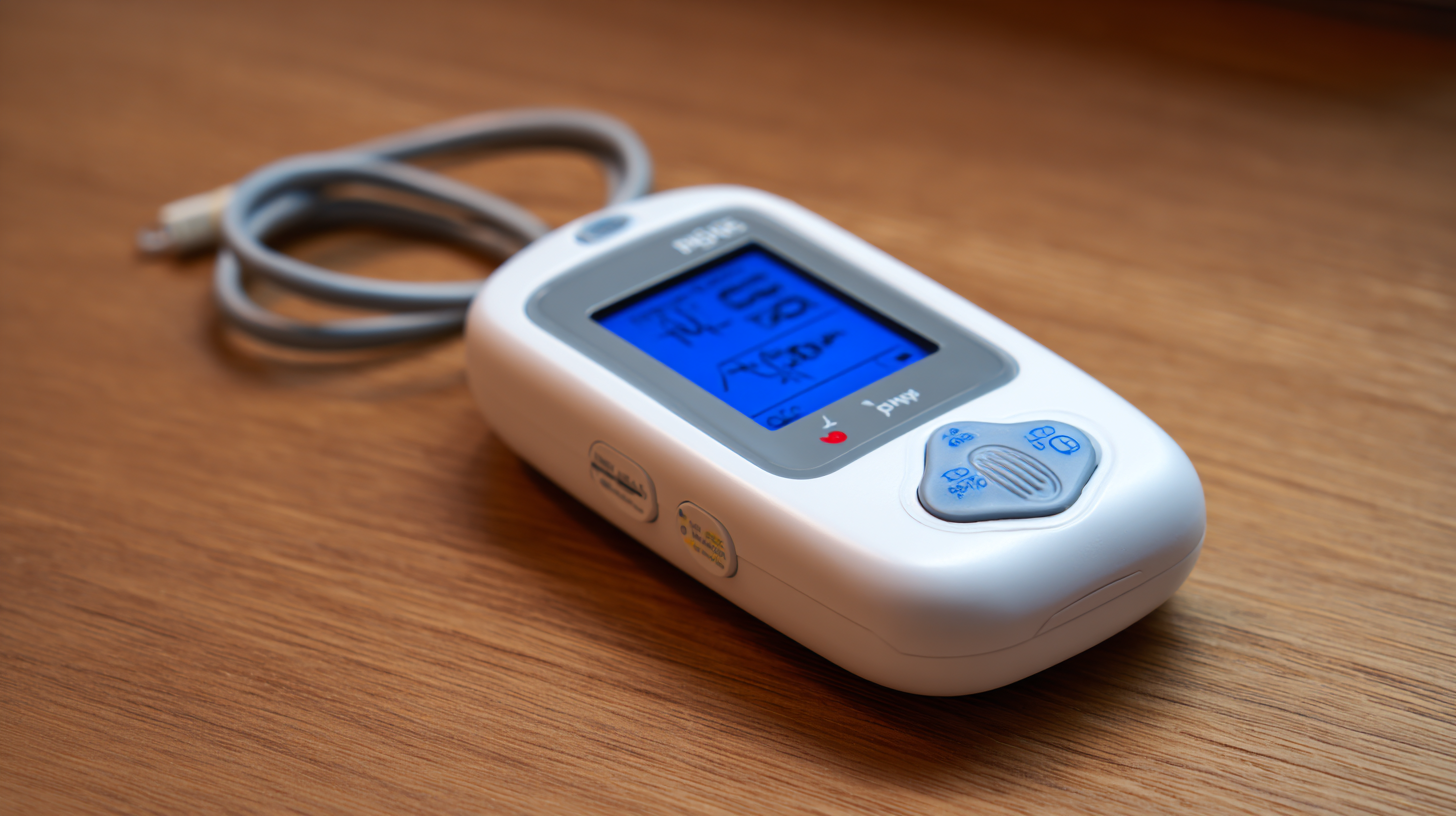
Identify Key Features to Look for in a High-Quality Pulse Oximeter
When selecting a high-quality pulse oximeter, it's crucial to focus on several key features that impact both accuracy and usability. First and foremost, consider the device's accuracy in measuring oxygen saturation (SpO2) and pulse rate. According to a report by the American Journal of Respiratory and Critical Care Medicine, a reliable pulse oximeter should have an accuracy within 2% of laboratory measurements to be considered effective in clinical settings. This level of precision ensures that users can trust their readings, especially for individuals with respiratory conditions.
Another important feature is the device's response time and display. A high-quality pulse oximeter should provide readings within seconds, allowing for quick assessments. Opt for models with a clear, easy-to-read display that shows both SpO2 levels and pulse rates simultaneously, as this can improve the user's ability to monitor their health effectively. Additionally, consider the size and weight of the device; portable options are ideal for users on the go. According to a recent market analysis by Grand View Research, the demand for lightweight and compact pulse oximeters has increased significantly, indicating a preference for devices that support mobile health management without sacrificing accuracy.
How to Select the Best Pulse Oximeter for Your Health Needs in Australia - Identify Key Features to Look for in a High-Quality Pulse Oximeter
| Feature | Importance | Recommended Specification |
|---|---|---|
| Accuracy | Essential for reliable readings | ±2% deviation from laboratory value |
| Response Time | Quick measurement for timely assessment | < 10 seconds |
| Display Quality | Ease of reading results | OLED display with adjustable brightness |
| Portability | Convenient for home use or travel | Lightweight, comes with a carrying case |
| Battery Life | Long usage time without frequent charging | At least 30 hours of continuous use |
| Data Storage | Tracking health over time | Ability to store and transfer data via Bluetooth |
| User Friendliness | Ease of use for all ages | One-button operation with clear instructions |
Consider Accuracy and Reliability: Why These Metrics Matter
When selecting a pulse oximeter for your health needs, accuracy and reliability should be at the forefront of your decision-making process. According to a study published in the *Journal of Clinical Monitoring and Computing*, the reliability of pulse oximeters can vary significantly, with inaccuracies reported in devices not accredited by health authorities. This is particularly important in Australia, where health professionals recommend using pulse oximeters that have undergone rigorous testing and certification to ensure they meet the Australian Therapeutic Goods Administration (TGA) standards. Only devices that demonstrate a mean error of less than 2% in SpO2 readings are deemed reliable for personal or clinical use.
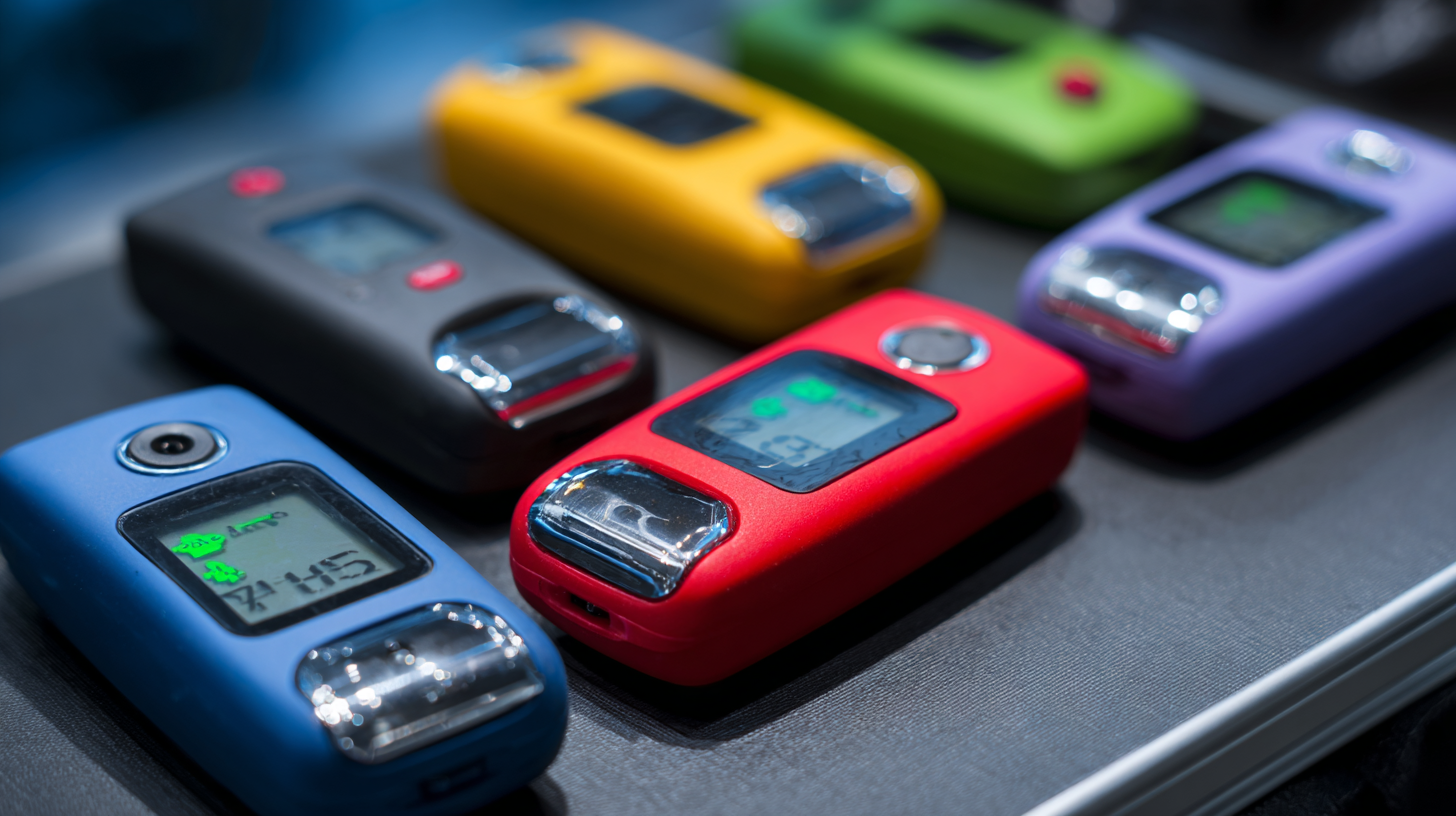
Furthermore, the Australian Institute of Health and Welfare highlights that patient outcomes are substantially improved when precision in monitoring blood oxygen levels is prioritized. Mistrust in readings from subpar devices can lead to delayed treatments, especially in managing respiratory conditions prevalent in Australia, such as asthma and chronic obstructive pulmonary disease (COPD). Thus, it is crucial to choose a pulse oximeter backed by solid research and clinical validation, reinforcing the significance of accuracy and reliability in maintaining optimal health.
Check Compatibility with Your Health Needs and Conditions
When selecting a pulse oximeter that meets your health needs, it's essential to consider the compatibility of the device with any existing health conditions you may have. For individuals managing chronic illnesses, a reliable and accurate pulse oximeter can provide vital information about oxygen levels and overall respiratory health.
Look for devices that offer features such as Bluetooth connectivity, enabling you to easily transmit data to your healthcare provider or virtual health care platform. This can be particularly beneficial for patients who prefer to monitor their conditions from home rather than making frequent visits to a doctor's office.
Additionally, consider the ease of use and display readability of the pulse oximeter, especially if you may encounter vision issues or require a quick check on-the-go. Devices designed with larger displays and simple interfaces can enhance user experience for individuals of all ages. As digital health solutions continue to advance, ensuring that your chosen pulse oximeter integrates seamlessly with any existing health technology can help you better manage your health and contribute to more effective treatment plans tailored to your unique needs.
Evaluate Budget Options: Finding the Best Value for Your Oximeter Purchase
When selecting a pulse oximeter, budget considerations are crucial for finding the best value without compromising quality. The Australian market offers a range of options, with prices typically ranging from AUD 30 to AUD 200. According to a recent report by the Australian Government’s Department of Health, reliable devices under AUD 100 have proven to be effective for most home monitoring needs, making them an excellent choice for budget-conscious buyers.
Tips: When shopping for a pulse oximeter, look for devices that are FDA- or TGA-approved, as these certifications ensure that the device meets safety and efficacy standards. Additionally, consider opting for models with a minimum accuracy rating of ±2%, as this precision is crucial for reliable readings. Reading customer reviews and checking the return policy can also help in making an informed decision.
In terms of features, many budget pulse oximeters offer essential functions like easy-to-read displays and automatic shut-off to conserve battery life. A report from the Oximetry Society highlights that features such as Bluetooth connectivity are becoming more common, even in mid-range devices, allowing users to track their readings on mobile applications. Evaluating these options ensures that you get the best value for your investment, tailored to your health needs.
Related Posts
-
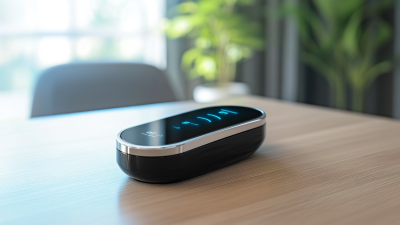
Explore Innovative Options Beyond the Best Pulse Oximeter for Your Health Needs
-

Ultimate Checklist for Choosing the Best Oxygen Pulse Oximeter for Your Needs
-
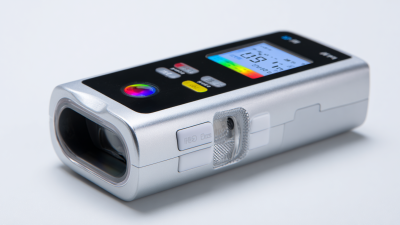
Exceptional Quality Pulse Oximeters from China Delivering Global Solutions in Australia
-

Understanding the Different Types of Oximeters and Their Uses
-
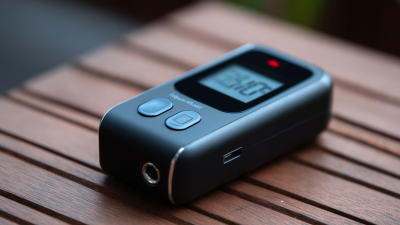
How to Navigate Import Export Certifications for the Best Pulse Oximeter in the Global Market
-
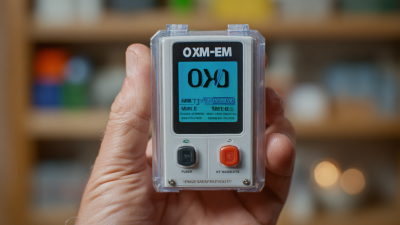
Unlocking Quality: How to Find the Best Oximeter Suppliers and Strategies for Success

